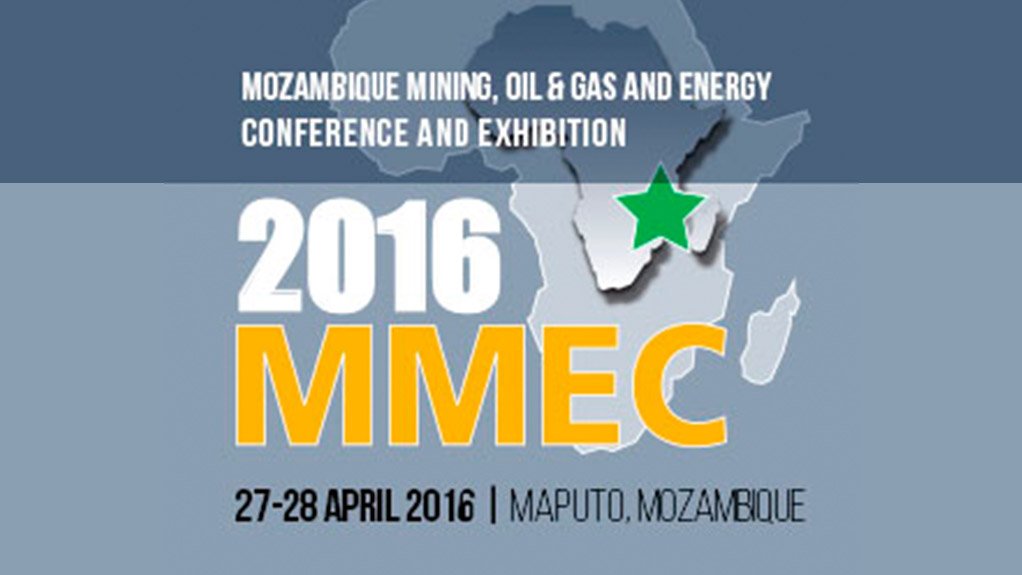Given the enormous natural resources in Mozambique, what needs to be implemented to generate growth and economic stability for the region?
Mozambique’s extractive industry has been at topic of great discussion recently, the mining sector has been hit hard by the current commodity prices, the vast oil and gas reserves need to be monetised and power shortages threaten the development of industry and economic growth in the region.
You can get the inside information on Mozambique’s extractive industry at the Mozambique Mining, Oil & Gas and Energy 2016 event. In this article we look at each key sector and pose the question of what needs to be focused on to utilize the resources in the region for the benefit of all players and the region
The Mining Sector
The diversity and vastness of unexploited mineral resources that Mozambique is endowed with allows for major investment opportunities for the exploration, extraction, processing and utilisation of these resources.
The mining activities are growing from Cabo Delgado, Gaza, Manica, Maputo, Napula Niassa, Tete, right up through to Zambezia. Coal is the biggest mining commodity in Mozambique however other mineral resources include gold, graphite and precious stones.
It is estimated that the Mozambique’s mining sector will grow from $259-million in 2012 to $724-million in 2017.
The recent dip in commodity prices, and the fact that the mining sector has been plagues with transport and logistical infrastructure issue, have all worked towards financially impacting companies that have invested in the extractive industry. How can these challenges be overcome and how can companies and government stake-holders work together to implement current development plans?
The Power and Electricity Sector
The time is ripe for investment in Mozambique’s power sector, to provide for both domestic consumption and the region.
Mozambique is ideally positions to become key player in alleviating the energy crisis in Africa, with significant hydro potential, along the Zambezi River, that is around five times the actual installed capacity, promising solar potential across most of the country, wind resources in the southern parts and geothermal energy prospects in the northern provinces given their proximity to the East African Rift valley.
As industrialisation expands in Mozambique, power projects worth an anticipated US$12 billion are understood to be in the pipeline. How can private and public sector develop Mozambique’s power projects, attract IPPs to finance and build additional electricity infrastructure and increase capacity to other African countries?
The Oil and Gas Sector
Mozambique holds the largest natural gas deposits in Sub-Saharan Africa with over 20 billion barrels reserved in its deep waters. This means that Mozambique has the potential to be the world’s third largest producer of natural gas, after Qatar and Australia, but needs to secure between US$20 billion and US$25 billion dollars in foreign investment
It is expected that LNG will add an estimated $39-billion to the Mozambican economy over the next 20 years.
Gas monetisation strategies, including LNG export terminals, gas-to-power projects and petrochemical plants have the potential to unlock the country’s vast natural gas production capacity. The development of these projects would assist Mozambique in becoming a major exporter. Can Mozambique be price competitive? What needs to be implemented to accelerate gas monetisation strategies and are cross border supply agreements being considered?
These pressing topics and more will be discussed at the 5th Mozambique Mining, Oil & Gas and Energy conference and exhibition, taking place in Maputo from the 27 – 28 April 2016. Have you booked your seat to continue the debate there?
www.mozmec.com
Edited by: Creamer Media Reporter
EMAIL THIS ARTICLE SAVE THIS ARTICLE
To subscribe email subscriptions@creamermedia.co.za or click here
To advertise email advertising@creamermedia.co.za or click here













